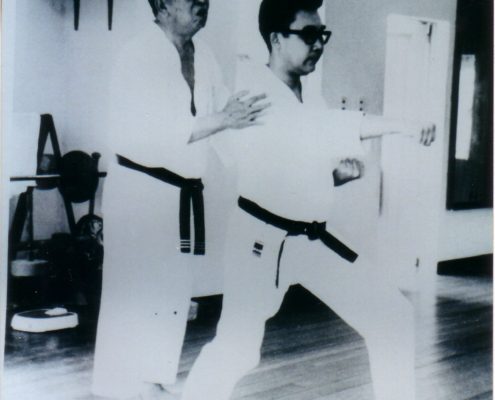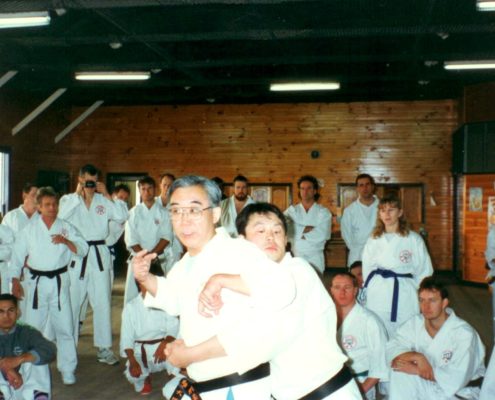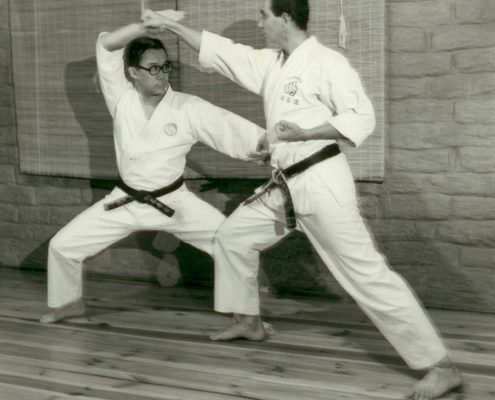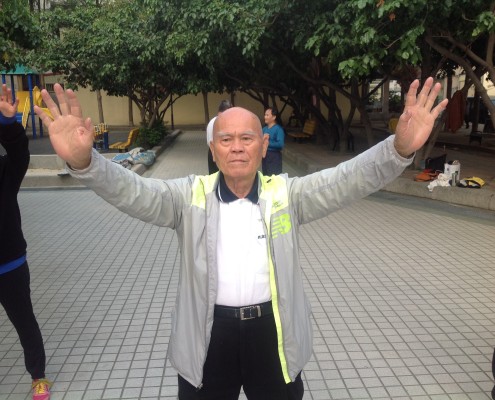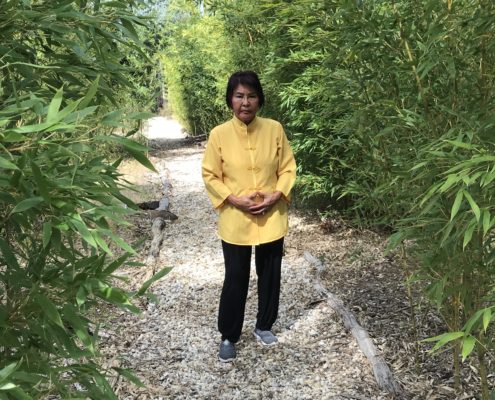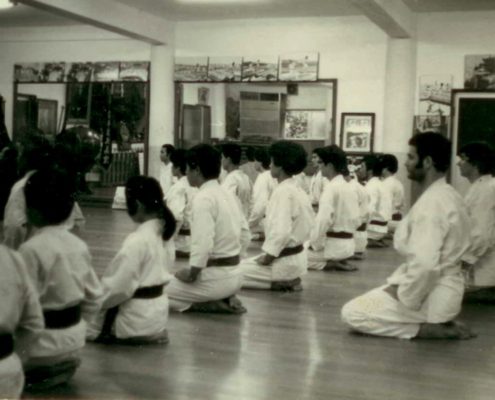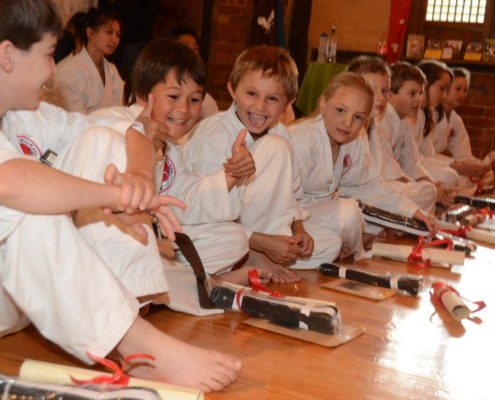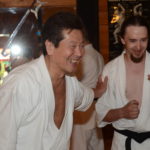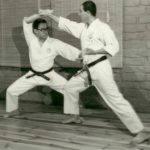Stages Of Development In The Martial Arts
 Ohtsuka used a spiral staircase as an example relevant to maturity in the martial arts. He used stages or landings and the analogy that Okinawa, being the Mother of Karate, is the builder of the staircase, with China being the Father, as the architect.
Ohtsuka used a spiral staircase as an example relevant to maturity in the martial arts. He used stages or landings and the analogy that Okinawa, being the Mother of Karate, is the builder of the staircase, with China being the Father, as the architect.
Further, he believed this concept also explains the kohai-sempai relationship of a vertical society in Japanese budo and culture.
- A novice should apply rigid adherence to lessons in the dojo that provide rules or guidelines without too much analytical approach or deviation.
- Intermediate level displays perception regarding the different components of training (kihon, kata/bunkai, kumite, philosophy) treated with equal importance. Students begins to cope with accumulation of knowledge with some perception of actions in relation to goals.
- Advanced students display a proficient holistic view of a situation, prioritise importance of components and perceive variations from the normal pattern of learning and employs maxims for guidance, with meanings that adapt to the situation at hand.
- Master level transcends reliance on rules and guidelines, and develops intuitive grasp of situations based on deep understanding of natural laws and has a creative, honest approach to teaching based on experience. At this point you return to beginners’ stage.
Things look different depending on which landing of the staircase you are standing.
This is an extract from The Living Bubishi by James Sumarac and Richard Kay which can be found here.
 Cart
Cart